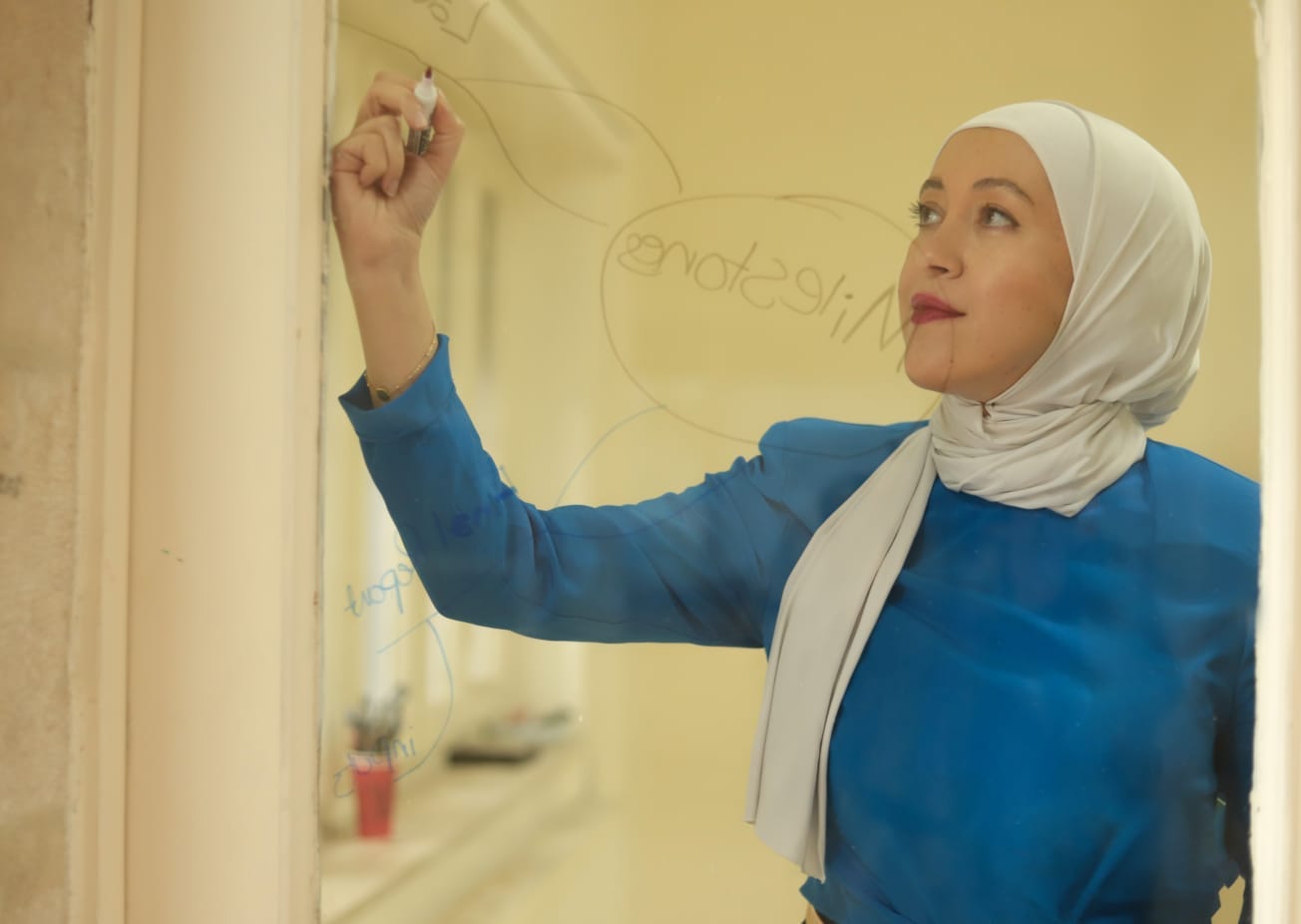When enough is enough with organic learning?
Unfolding thoughts about structures and creativity
This issue sparked today during a rejuvenating morning walk around the neighborhood. Ideas converged on the enjoyment of infinite passion and new interests, or interests that are within us but unravel with time with self-discovery, which can be in my opinion intentional or spontaneous.
My exploration into work psychology, the fascination with the world of work and ecosystems, leadership, and team science, evolving into a career coach—all unfolded organically, sprouting from incremental experiences at work. As I delved deeper, as mentioned in a previous issue, when I linked the dots backwards, I was able to see that my interests have links to certain childhood, school and university experiences.
However, the following question arises:
When enough is enough with organic learning?
When should organic learning be systematized into structure?
Recently, I was talking with a startup founder who mentioned that while organic learning is enjoyable, shaping the business requires integrating this organic learning into frameworks and structures. The delay in developing structures, such as lacking simple financial systems, which is in his opinion this delay is hindering his startup from moving to the scale-up phase.
In my opinion, this is where creativity becomes not enjoyable and even hectic.
The word "structure" may seem boring and a creativity killer. However, I naturally don’t see structures as killers but as streamliners for creativity and innovation.
It's not about stopping organic learning; instead, it's about:
Creating space for new creativity to generate, allowing ideas to be put into certain frameworks and Standard Operating Procedures (SoPs). This prevents the accumulation of ideas as if they are always novel, wasting time looking for what has been applied before without referencing the best way it was done and how to refine those ideas according to certain decision-making inputs.
Creating a plan for our creative ideas helps turn them into something tangible and applicable that can be scaled-up over time.
Structures can put the team on the same page, as a creative idea will not be interpreted similarly by the diverse brains of team members if not backed up with tools. Everyone has a perspective and interpretation, especially when a new team comes in. If they don't find a structured way, they will lose the essence of the past team.
I once had a line manager who disliked the term "structure," as I was informed. However, I also observed this trait in this particular line manager. I understand that some people are purely visionary, and we shall collaborate to envision with processors' brains. But this is where even a visionary shall also follow the system that has been put in place for a certain creation or a certain innovation. Otherwise, the ideas will keep being mere concepts, shallow or fail.
So, back to the question.
When enough is enough with organic learning?
Well, it's never really enough. Each new piece of knowledge requires a bit of structure to progress. The interplay between creativity and structure is crucial. Individuals, founders, or team leaders must be mindful of when to transition from organic exploration to building a framework. This process is context-dependent and industry-specific, necessitating benchmarking. For example, an IT company with a solution-oriented focus might choose to halt organic exploration after a key point, perhaps following a free trial with clients.
While writing this article, the following notion developed: Establishing frameworks and structures is crucial. I'm even considering the development of a framework for capturing and evaluating organic learning, complete with criteria to determine when structuring is necessary.
Appreciate your insight and interaction dear readers.

